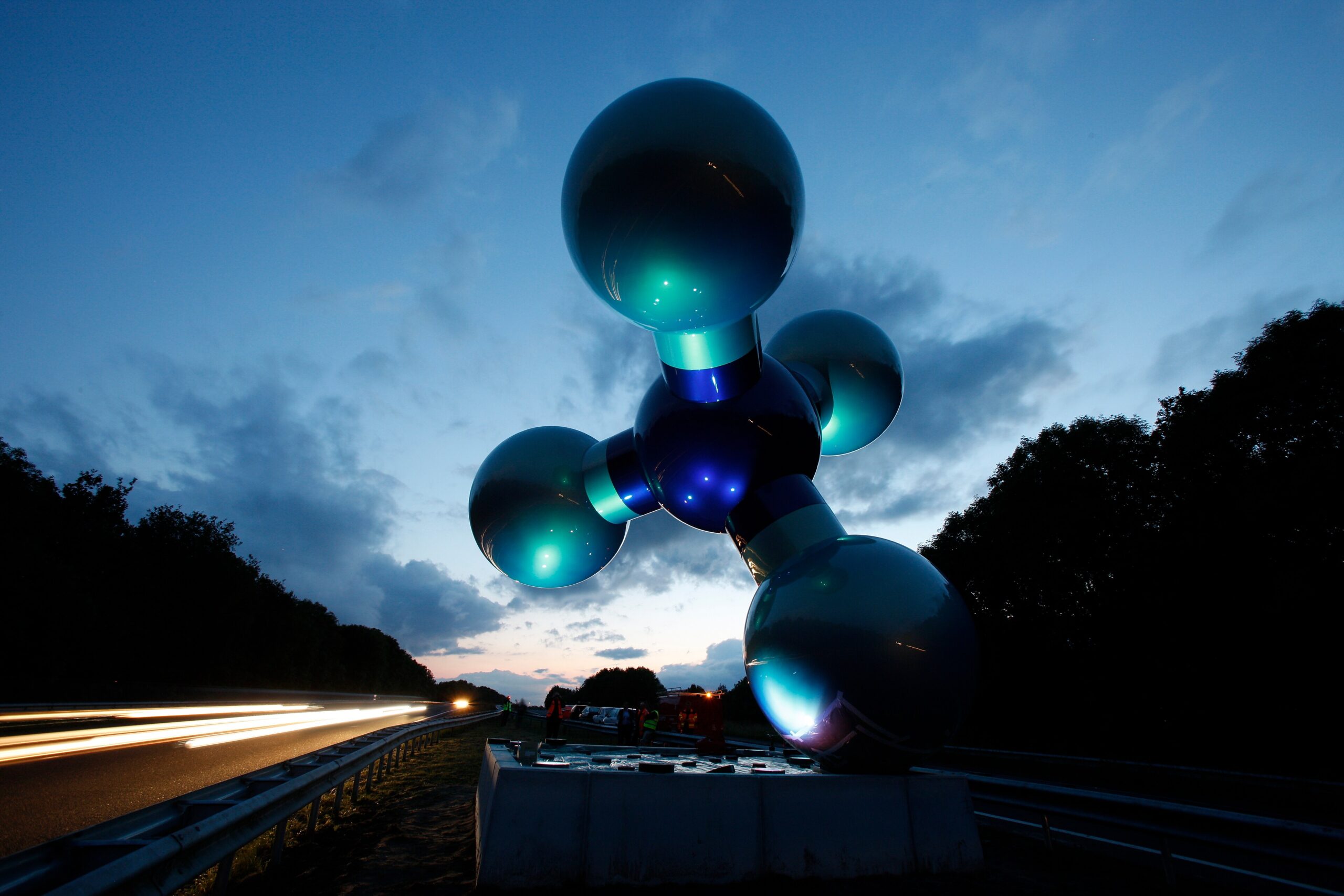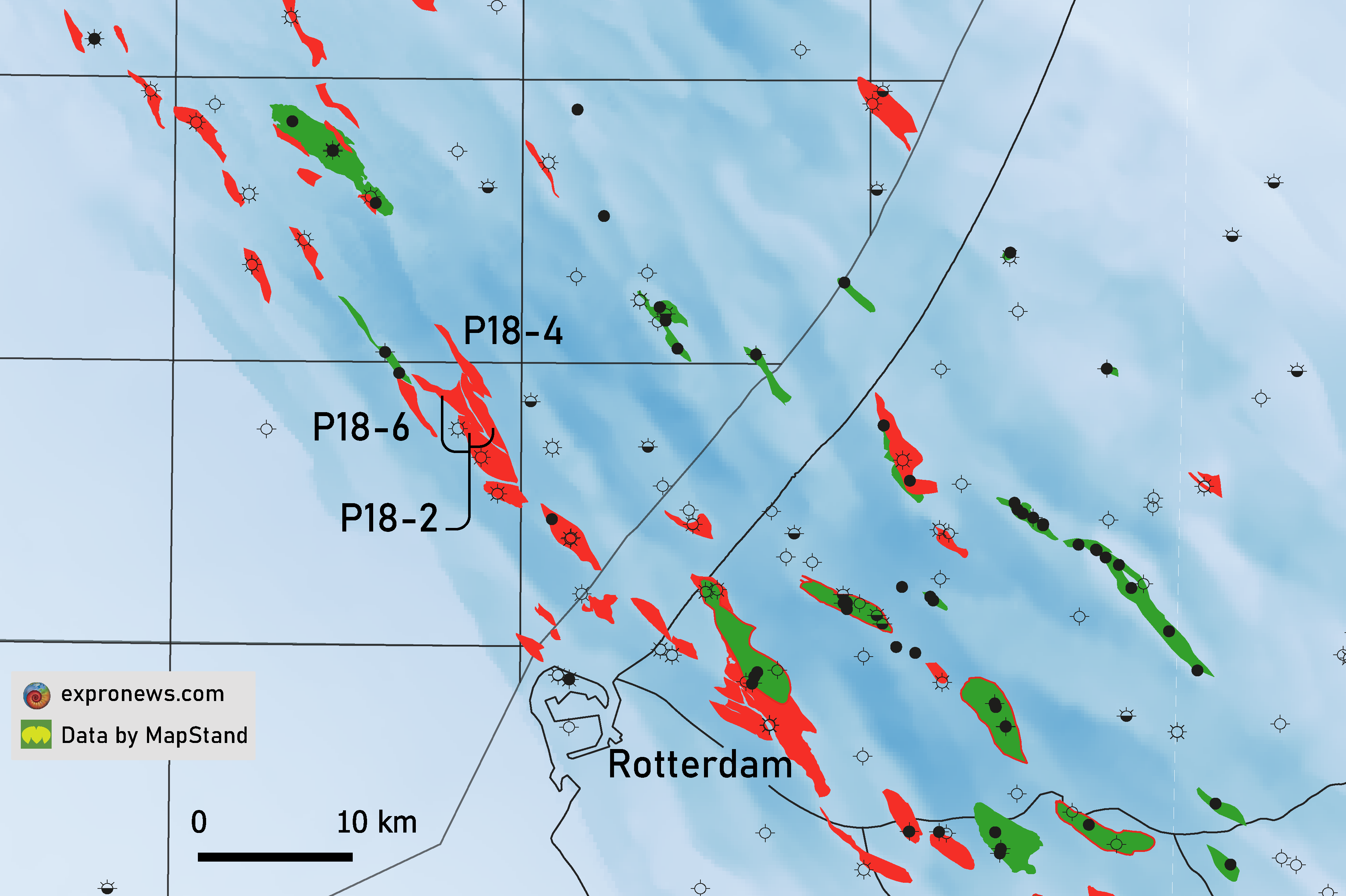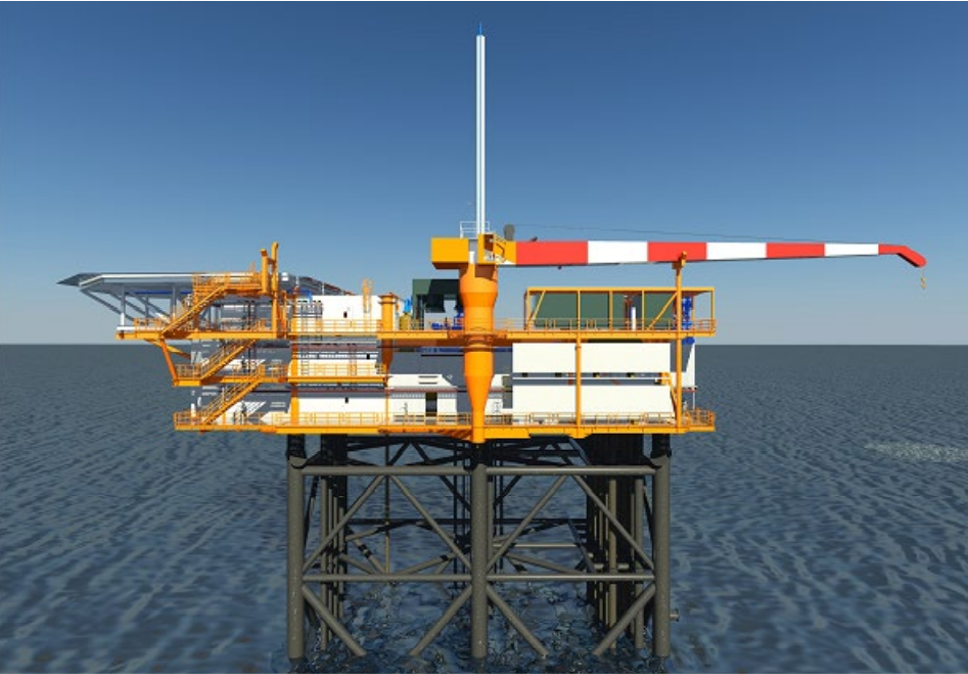In a year where there was even a spell without a single well being drilled, and where many O&G companies are waiting for the government to implement a more favourable tax regime to explore for smaller accumulations, it is even more noteworthy that ONE-Dyas has now spudded their second exploration well in Dutch waters in a row.
The first well, G18-02, spudded in March 2020 and was completed late November this year, with a break in between. Likely chasing the Basal Rotliegend play following promising results in the area a little further south (N07-B and N05-A discoveries), this well is reported by the Dutch Oil and Gas portal NLOG as only having seen gas shows. That is not good news for the operator who had undoubtedly hoped to add further momentum behind the new Basal Rotliegend play model.
The second well that has now spudded (F06-07) is located just south of the currently producing F03-FB field in the Central Graben, which is operated Neptune. Oil and gas in F03-FB is produced from Middle and Upper Jurassic shallow marine and estuarine sandstones, trapped in a faulted anticline that formed as a consequence of Zechstein salt diapirism in Late Cretaceous times.

The F06-07 well is targeting the so-called IJssel gas prospect, of which the age is not known. If the prospect is in the same Upper-Middle Jurassic reservoirs as F03-FB, an element of fault sealing would probably be required for it to work. An alternative scenario may be a shallow gas prospect; the area is not far from where producing shallow gas fields are located. However, documents from the Dutch authorities state that the well will take 60 days to complete, so it may be more likely that either Jurassic or a deeper reservoir form the primary target.
A thriller from the Eocene
49 million years ago, in the Eocene, the earth experienced a phase of exceptional warming.
In 2004, an international team of researchers acquired a core from sediments in the Arctic Ocean that recorded this climatic event. What they found were exceptionally well-preserved fossils of the so-called Azolla plant, which thrived in a fresh-water environment at the time.
The fascinating story of the discovery of the Azolla intervals and its significance in climate reconstruction is now told in a new book entitled “The Azolla Story”, authored by father and daughter Jonathan and Alexandra Bujak. Jonathan is a paleontologist with more than 100 scientific publications. He has worked in the Arctic for 40 years, studying its geology and climate change.
His daughter, Alexandra is an environmental scientist who is developing Azolla’s potential to sequester the greenhouse gas carbon dioxide and convert it into local renewable food, biofertilizer, livestock feed and biofuel.
The book can be ordered through sending an email to jonathanbujak@outlook.com.

The psychological effect of banning exploration
Few people will have missed the news that the Danish Government announced a ban on future exploration in the Danish sector of the North Sea through a stop on future licence rounds. Even though the effect of this measure is small in terms of CO2 output reduction – also because production from existing fields and licences can continue until 2050, the psychological effect is more serious. Especially the other hydrocarbon-producing countries around the North Sea will feel the pressure to respond to this in order to justify continued oil and gas exploration. With public scrutiny already being significant, the events of this week will only emphasise the need for Industry Trade organisations and O&G companies to get the message out there that hydrocarbons are needed for a while to come.
Have a good weekend,
HENK KOMBRINK





